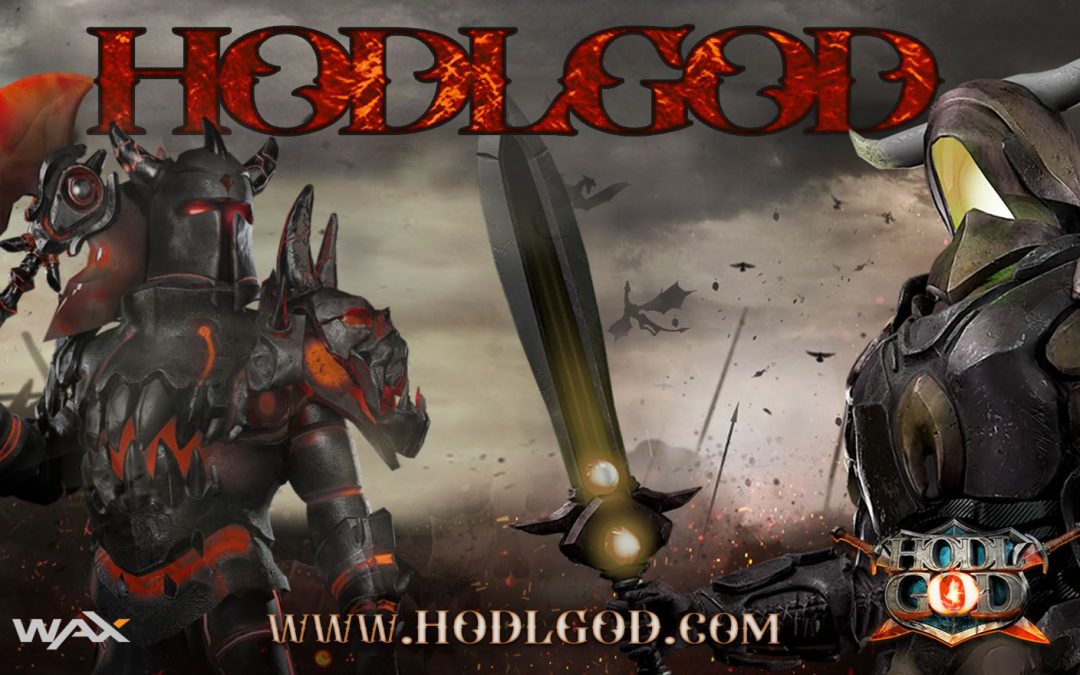Blockchain gaming remains a largely underappreciated area of crypto. There are, for instance, still no gaming coins in the top 50 tokens. But the gaming industry is due for its own blockchain revolution, one that could bring more trust and security – and potential new avenues of monetization – that could change the industry forever.
The gaming industry is huge, largely digital and ripe for decentralization. According to a report released last month by the international consultancy Accenture, global gaming is a $300 billion industry enjoyed by more than a third of all people on the planet. More than 500 million players joined the gaming fold in the last three years alone. That means the gaming industry is now bigger than the music and movie markets combined.
Much of the demand for gaming has been driven by the supply of blockbuster AAA games that have development and marketing budgets typically running into the hundreds of millions of dollars. This has traditionally been recouped through players buying a physical game on its release. Both games and consoles are centrally developed, owned and monetized.
The so-called freemium model has also been rapidly increasing, where a game is free to play but players can make in-game purchases and advertisers can pay for eyeballs. This model is not a universally great experience, though. In some cases, it can lead to pay-to-win situations, which go against the whole skills-and-luck ethos of gaming.
However, by using distributed ledger technology, the future of gaming can be redirected – from pay-to-win, to play-to-earn.
Blockchain could revolutionize the gaming experience by incorporating proof-of-ownership of in-game assets. It could also allow for unique secondary marketplaces, where players could buy and sell these in-game assets as NFTs in a secure and irrefutable way. These in-game NFTs are sure to fuel much more growth in the blockchain gaming sub-sector.
One game showing this way forward is HodlGod, a 3D battle royale-style game built on top of Unreal Engine that directly integrates into the WAX blockchain. The first Immortal Genesis Series packs have already been sold for nearly half a million dollars, with their value in the secondary market surpassing $800,000.
Further proof of the value of this approach came with a recent collaboration drop with Blockchain Heroes, in which all $75,000’s worth of NFTs were sold in under a second. These numbers illustrate the untapped potential for the union between gaming and blockchain.
General NFT lovers and network-agnostic blockchain believers will be able to access these NFTs and the benefits they confer in the Onessus ecosystem. On all forthcoming Onessus products, for example, players can lend out NFTs that they’ve won to other players and earn a yield both in Void tokens (VOID) and in other NFTs.
This is the foundation of play-to-earn, and it is the next evolution of the gaming market – the DeFi-zation of NFTs in the gaming world. The gap between De-Fi and NFTs is also being bridged by converting all the NFTs in the ecosystem into smart NFTs that have the ability to level up, lease and burn for different bonuses. It’s a gamer-first approach: If gamers earn assets in-game, they should be able to keep them and control what they do with them.
Play-to-earn brings a new dimension to the gaming industry. It’s attracting the interest of gamers and investors worldwide, all looking to share in the value of this huge industry through the decentralization benefits afforded by blockchain.














